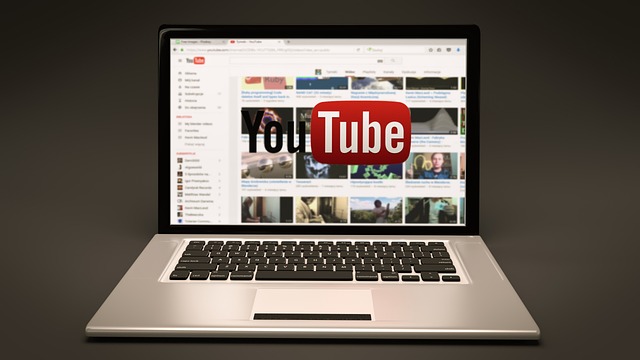YouTube is launching an artificial intelligence (AI) system designed to estimate users’ ages as part of its ongoing effort to make the platform safer for children and teenagers. Rolling out initially to a small group of U.S. users, the system aims to prevent minors from accessing content that may be inappropriate for their age.
The AI will analyze user behavior rather than relying solely on the birthdate provided at sign-up. YouTube plans to expand the feature more widely in the coming months. Users flagged as under 18 will have restrictions automatically applied to their accounts, while adults misidentified as minors will need to verify their age using a government ID, credit card, or a selfie.
How the AI Age Detection Works
YouTube’s AI evaluates several signals to determine a user’s age. These include the types of videos watched, search patterns, and how long the account has been active. If the system identifies a user as a minor, the platform will automatically activate teen safety measures. These include limits on violent or sexually suggestive content, adjusted video recommendations, reminders to take breaks, restrictions on repetitive viewing of certain videos, and the disabling of personalized advertising.
The system only applies to logged-in users. Although minors could technically bypass some safety measures by using YouTube without an account, age-restricted content remains inaccessible to those not signed in.
The Rationale Behind the Move
Social media platforms face growing pressure to implement robust age verification processes after criticism that teens could circumvent safeguards by providing false birthdates. Parents, lawmakers, and child safety advocates have long expressed concern about the potential negative impact of social media on children’s mental health and well-being.
Other platforms have introduced similar measures. Meta uses AI to verify ages on Instagram, while TikTok applies technology to identify users under 13, the minimum age for the platform. In the U.K., laws under the Online Safety Act have prompted services like Reddit and Discord to implement age verification protocols for certain users. YouTube’s AI approach has already been tested in other countries, demonstrating promising results before the U.S. rollout.
Privacy Concerns and User Reactions
Despite the potential safety benefits, some users are uneasy about the verification process. Adults who are incorrectly flagged as minors may have to submit sensitive personal information, such as an ID, credit card, or biometric data, to regain full access. This has sparked backlash on social media platforms like X and Reddit, with some users promoting the hashtag #boycottyoutube.
Privacy experts have weighed in on the concerns. Suzanne Bernstein, a lawyer at the Electronic Privacy Information Center, emphasized that “discomfort with certain appeals processes which require providing really sensitive personal information is totally understandable.”
YouTube maintains that user data will be protected. A company spokesperson explained that Google, YouTube’s parent, employs advanced security measures to safeguard information and allows users to manage privacy settings, including deleting data. Crucially, data from IDs or credit cards will not be used for advertising purposes.
YouTube’s AI-driven age verification marks a significant step in the broader push to protect young users online. While the system raises questions about privacy and user experience, it reflects the growing importance of technological solutions to ensure children are shielded from inappropriate content while navigating the platform.




